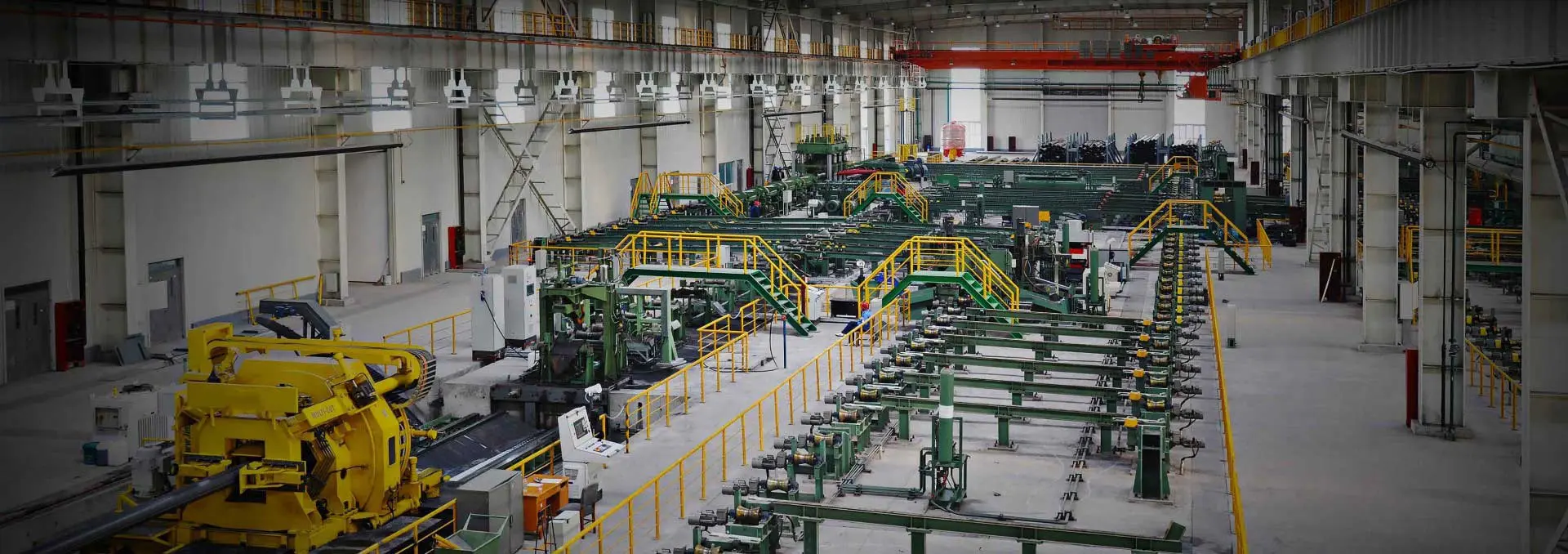ASTM A795 ERW (Electric Resistance Welded) Pipe is produced according to the standards set by the American Society for Testing and Materials (ASTM International). The ASTM A795 standard covers black and hot-dipped zinc-coated (galvanized) welded and seamless steel pipes specifically designed for fire protection use. "ERW" refers to the resistance welding process used to fuse the edges of the steel pipes together, forming a reliable and durable weld. Below is a comprehensive overview of ASTM A795 ERW pipes.
Features of ASTM A795 ERW Pipe
- Heat Resistance and High Pressure Resistance:
These steel pipes can withstand significant pressure and high temperatures, maintaining their functionality in extreme environments.
- Corrosion Resistance:
Galvanized steel pipes offer excellent resistance to corrosion, extending their lifespan in humid and chemically aggressive environments.
- Versatility:
ASTM A795 ERW pipes come in various sizes, wall thicknesses, and grades, making them suitable for a wide range of applications.
Applications of ASTM A795 ERW Pipe
ASTM A795 ERW pipes are ideal for fire protection systems, including:
- Indoor and outdoor fire water supply pipes
- Fire hydrants
- Sprinkler systems
- Semi-wet automatic sprinkler systems
Surface Treatments for ASTM A795 ERW Pipe
- Hot Dip Galvanizing:
Process: Zinc ingots are melted at high temperatures, and the steel pipes are immersed in the molten zinc, creating a protective zinc coating.
Benefits: This method provides effective corrosion protection, significantly extending the pipe's service life.
Crafting Process:
Degreasing
Water washing
Pickling
Water washing
Dipping in plating solvent
Drying and preheating
Hot dip galvanizing
Finishing
Cooling
Passivation
Rinsing
Drying
Inspection
Electro-Galvanizing:
Purpose: Prevents corrosion, enhances the steel's corrosion resistance and service life, and adds a decorative appearance.
Common Use: Often used for commercial fasteners, it is cost-effective and available in various colors, including blue and white, silver, black, and military green.
Powder Coating:
Process: A dry powder is applied to the pipe's surface, followed by curing under heat.
Appearance: Black powder-coated steel pipes are common.
Painting:
Requirement: Fire protection pipes often need to be painted to provide additional corrosion protection and to ensure they are easily identifiable.
Color: Fire pipes are usually painted in a bright red color for quick identification during emergencies, ensuring the efficient operation of the fire protection system.
ASTM A795 ERW steel pipes are crucial for fire protection systems due to their heat resistance, high pressure tolerance, and excellent corrosion resistance. Their versatility in size and specifications, coupled with various surface treatments like galvanizing, powder coating, and painting, makes them suitable for a wide range of fire protection applications. Understanding these features and treatments ensures the selection of high-quality pipes that meet specific safety standards and operational requirements.

 English
English Español
Español




 Tel : +86-18565811709
Tel : +86-18565811709 Email :
Email : 
 News
News




